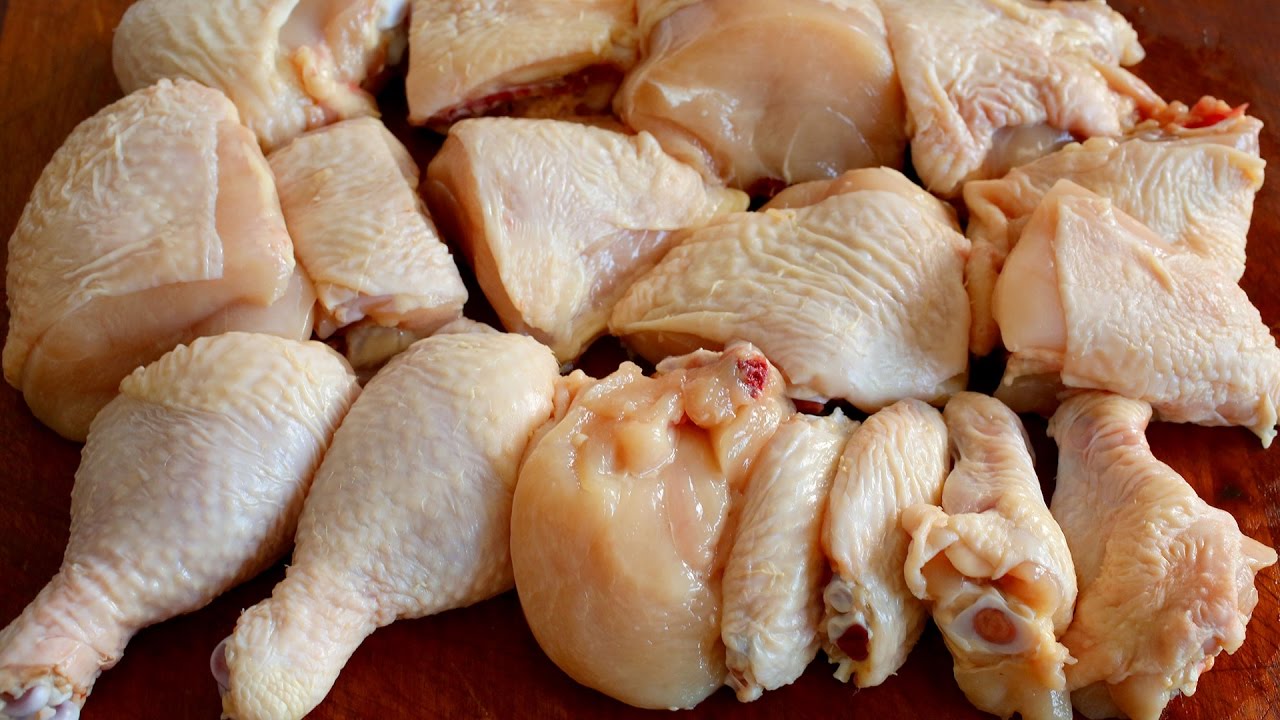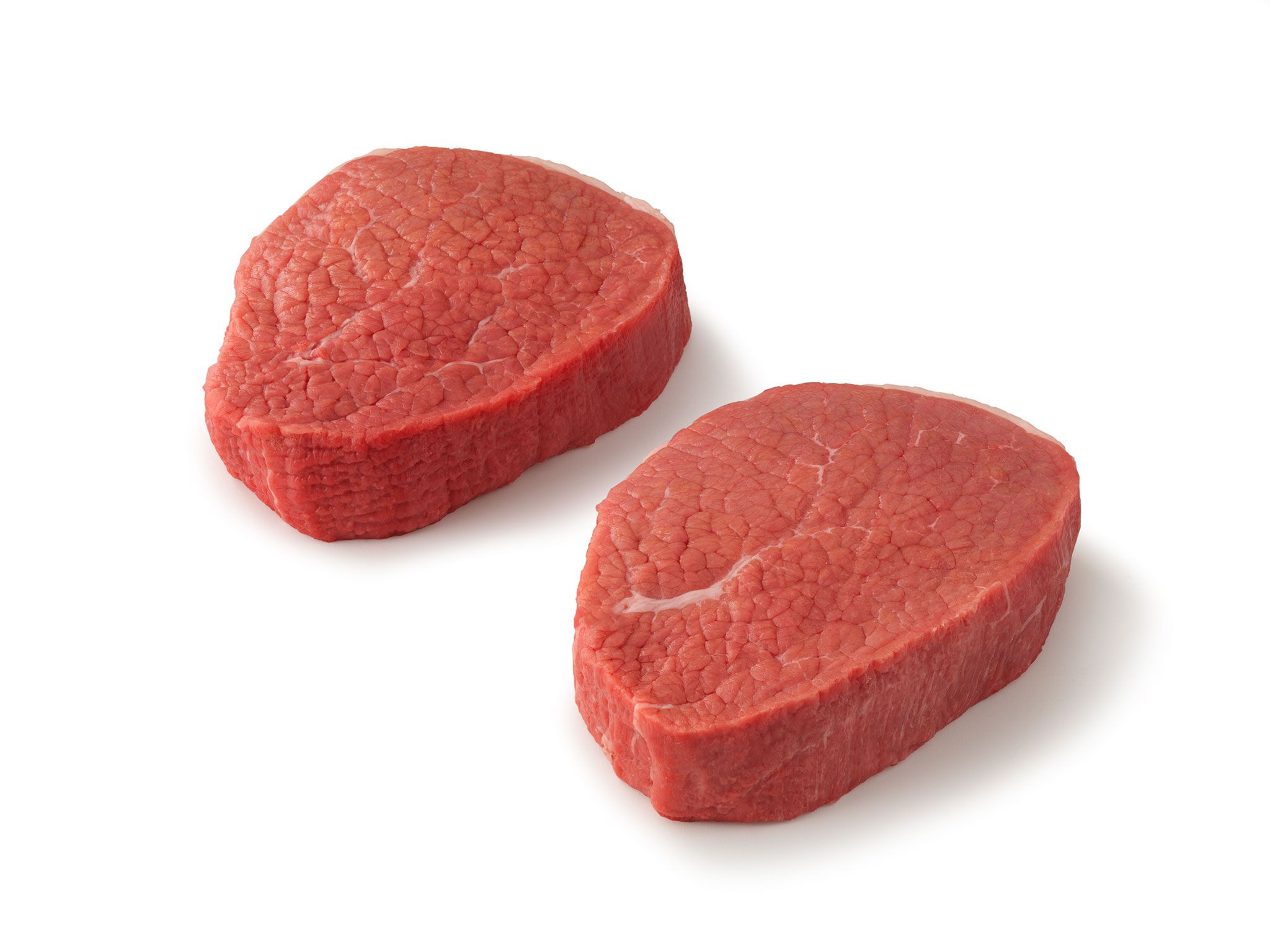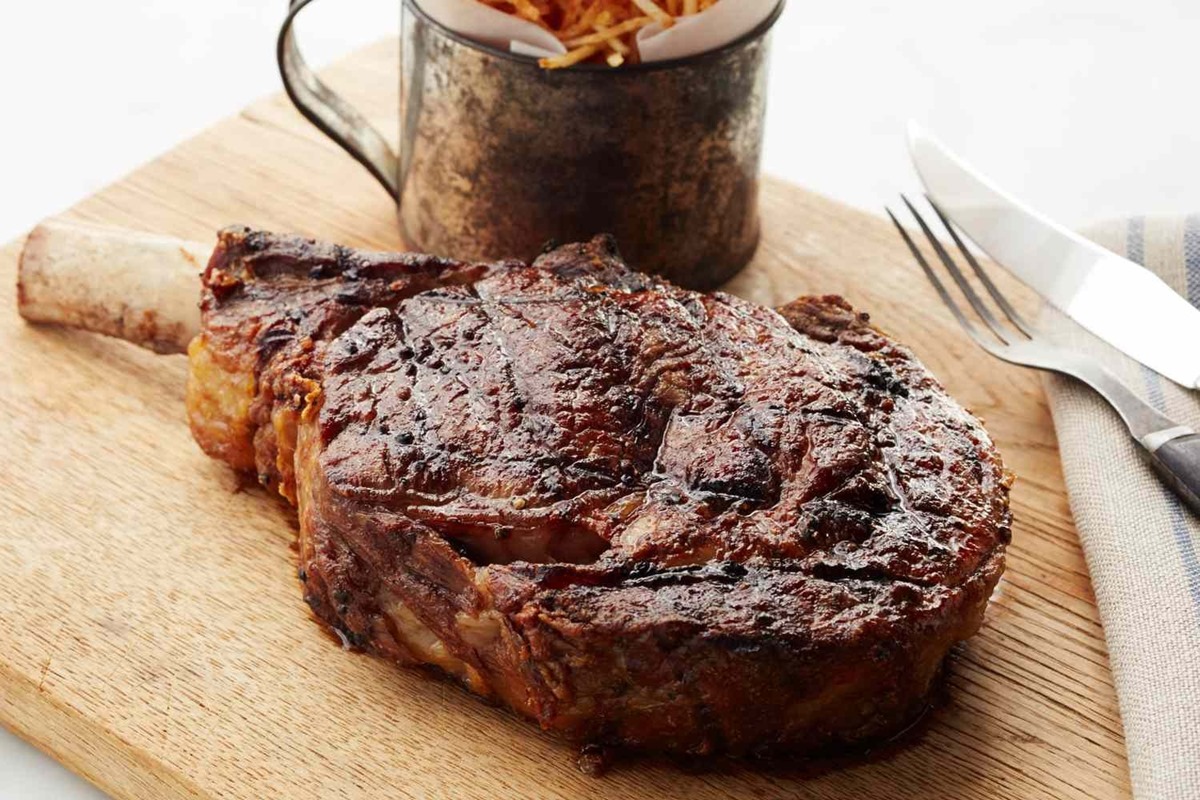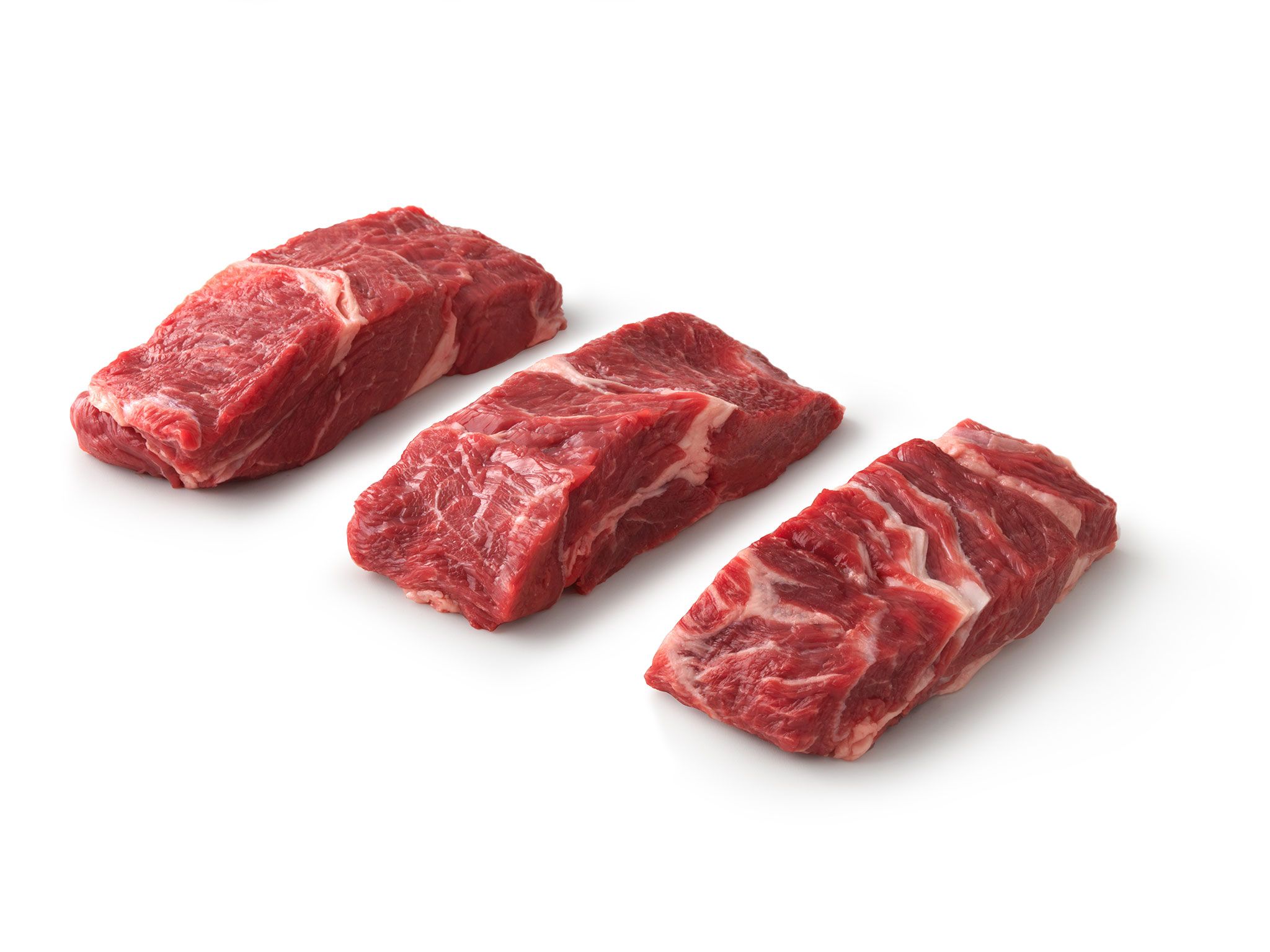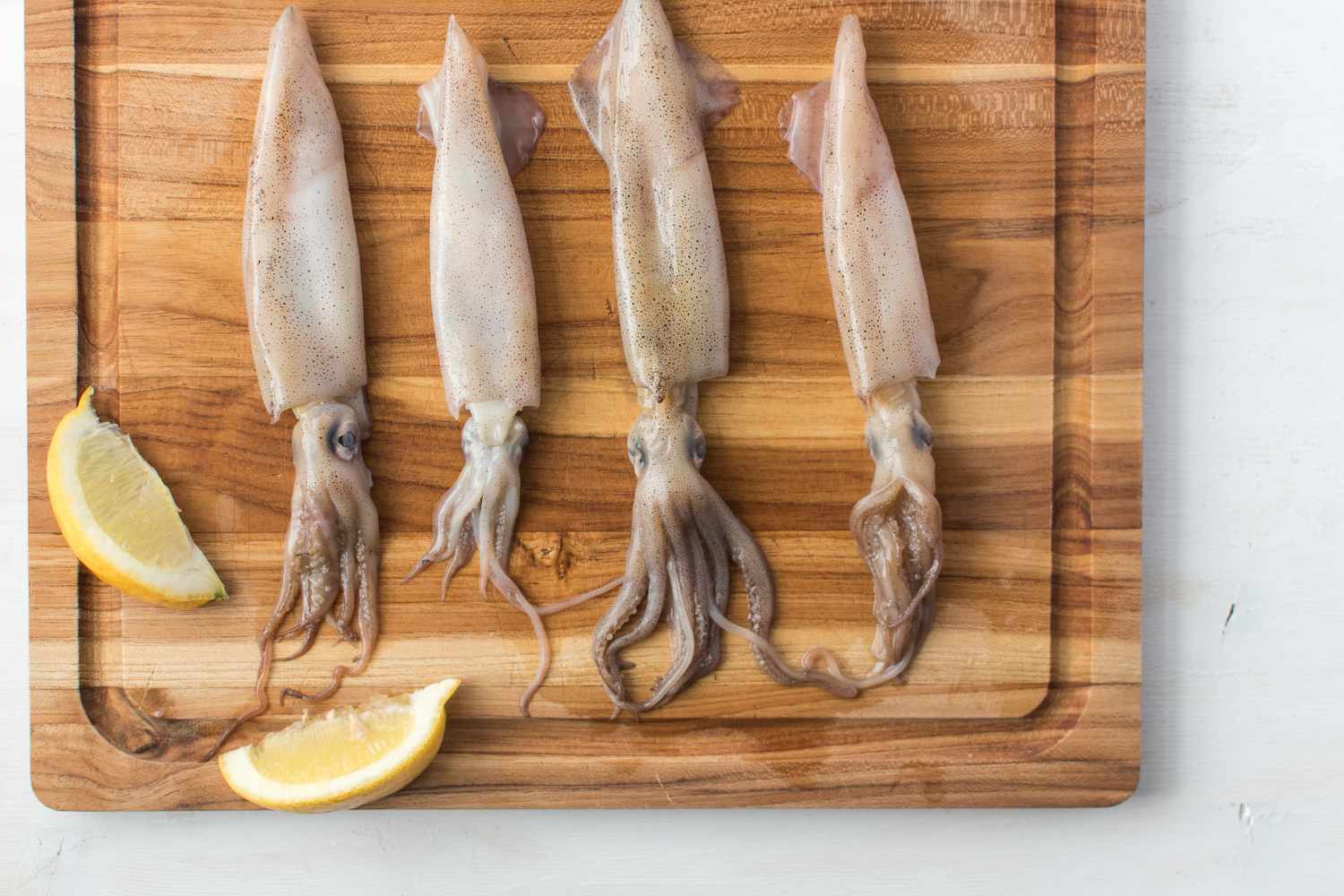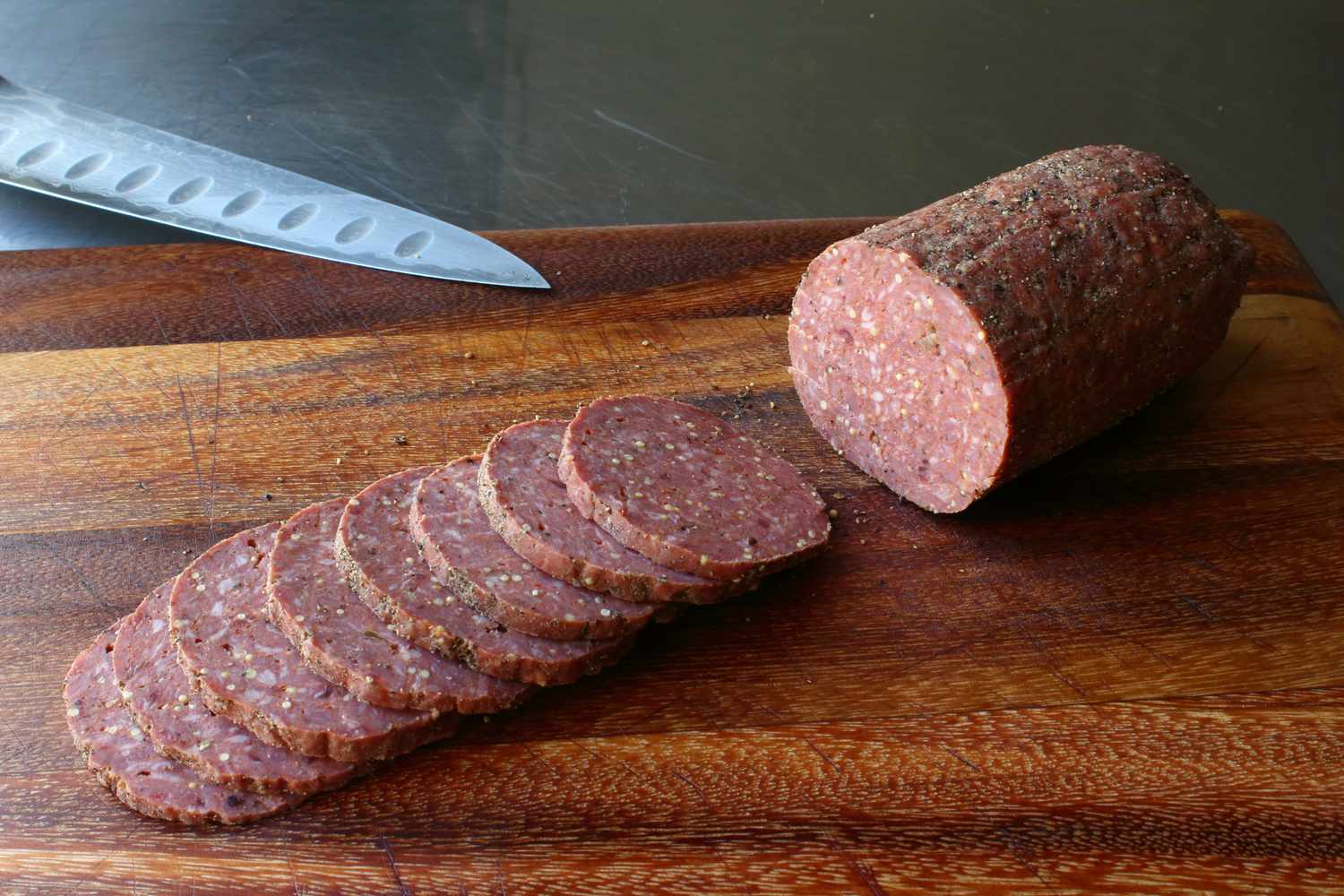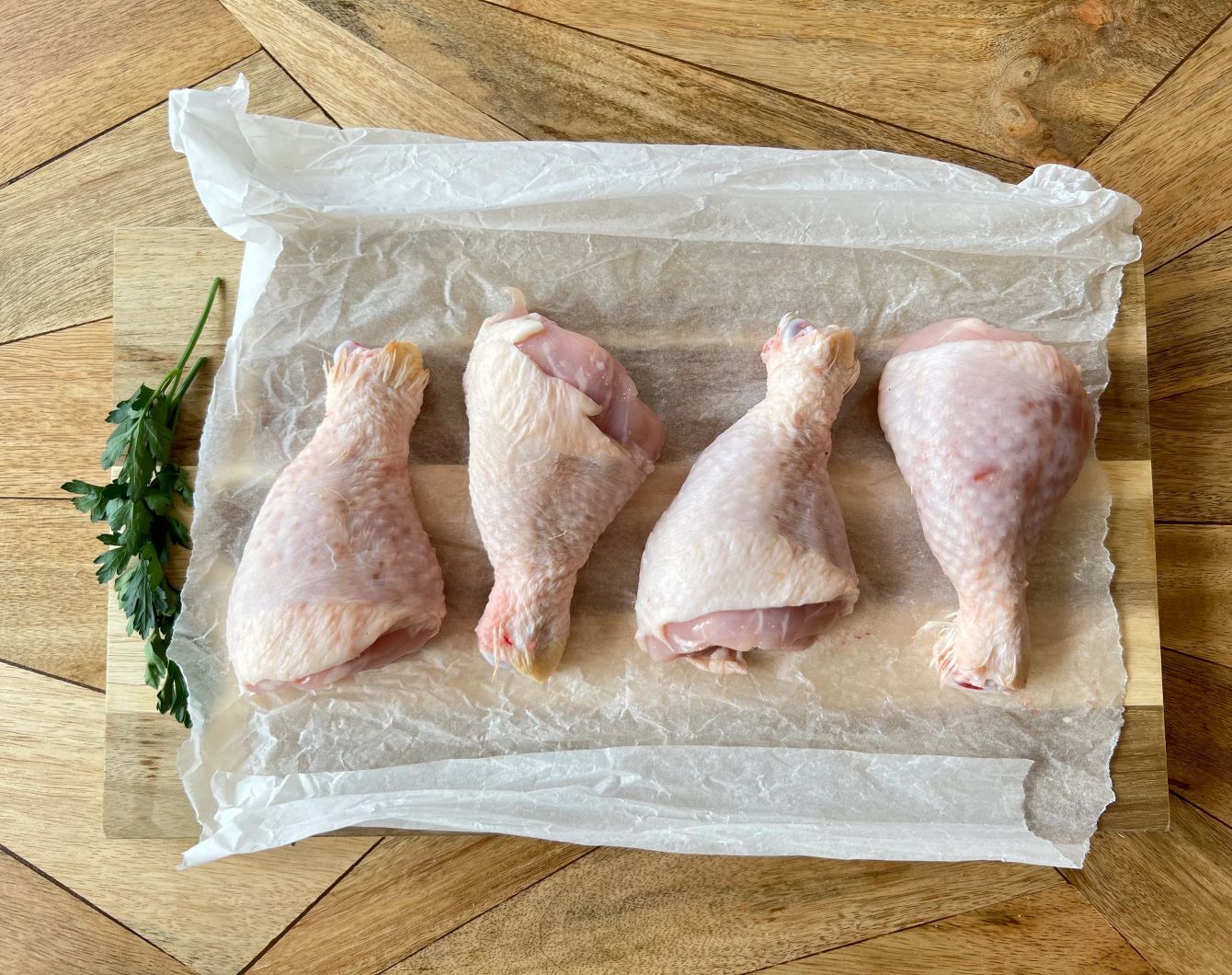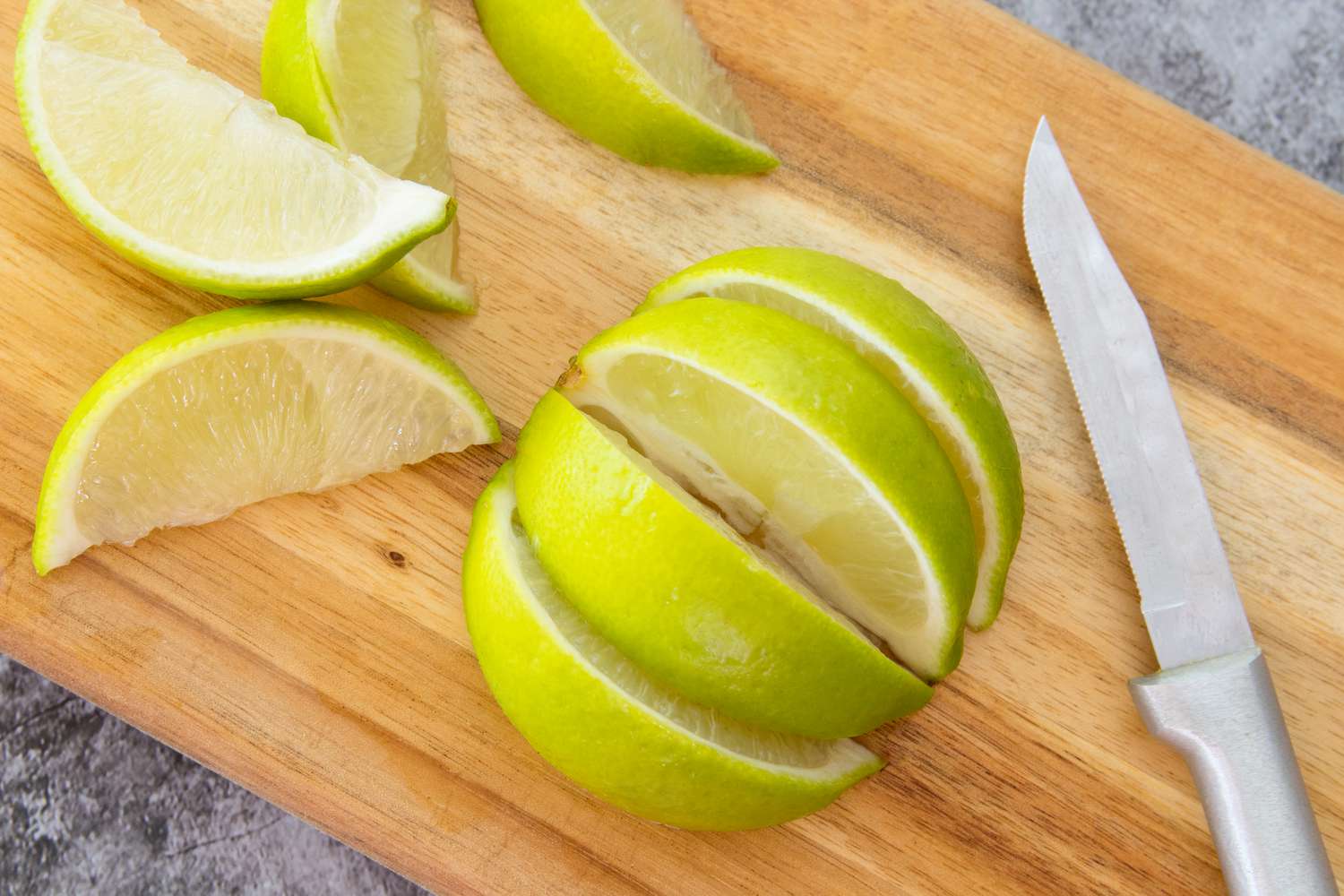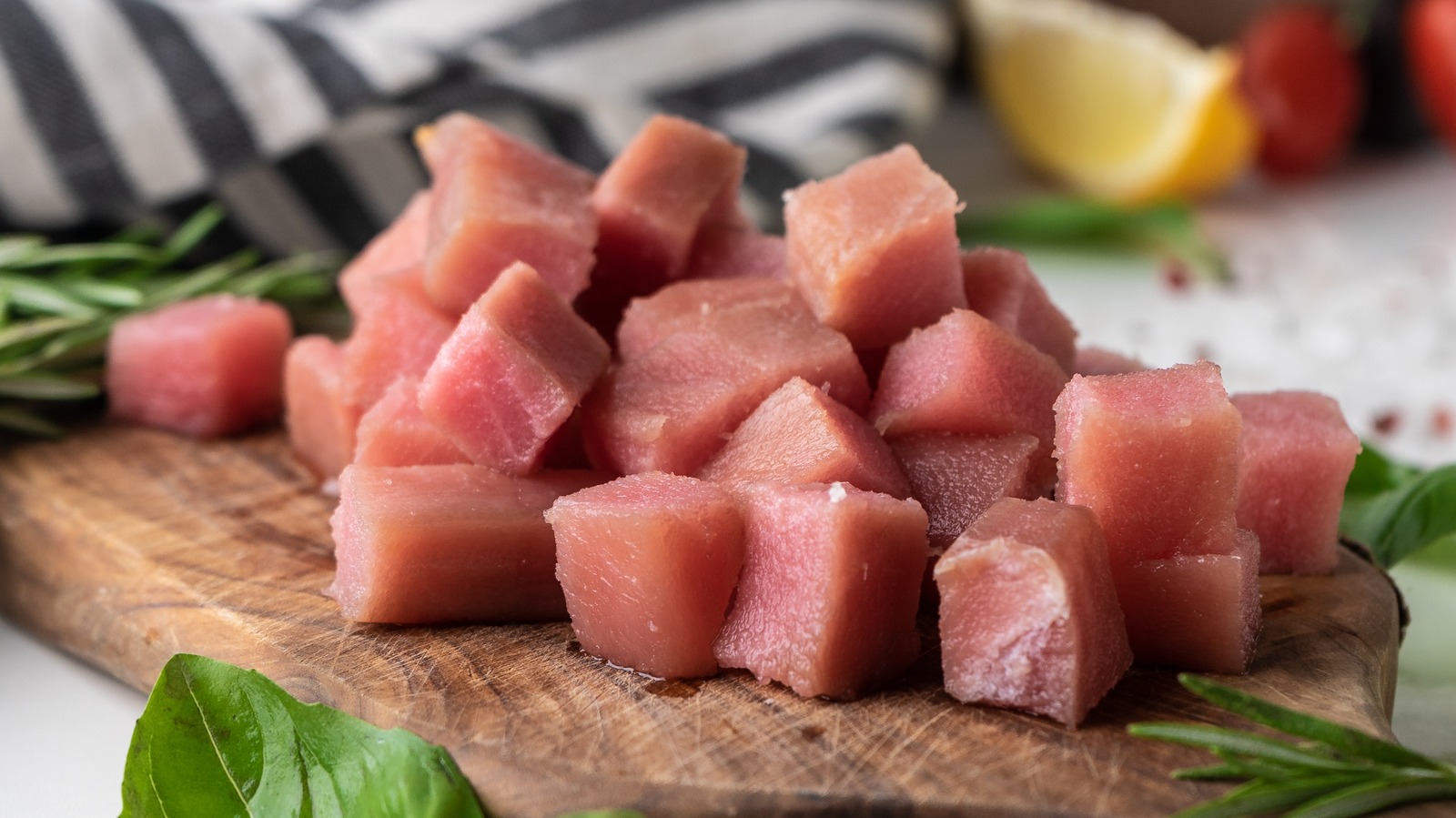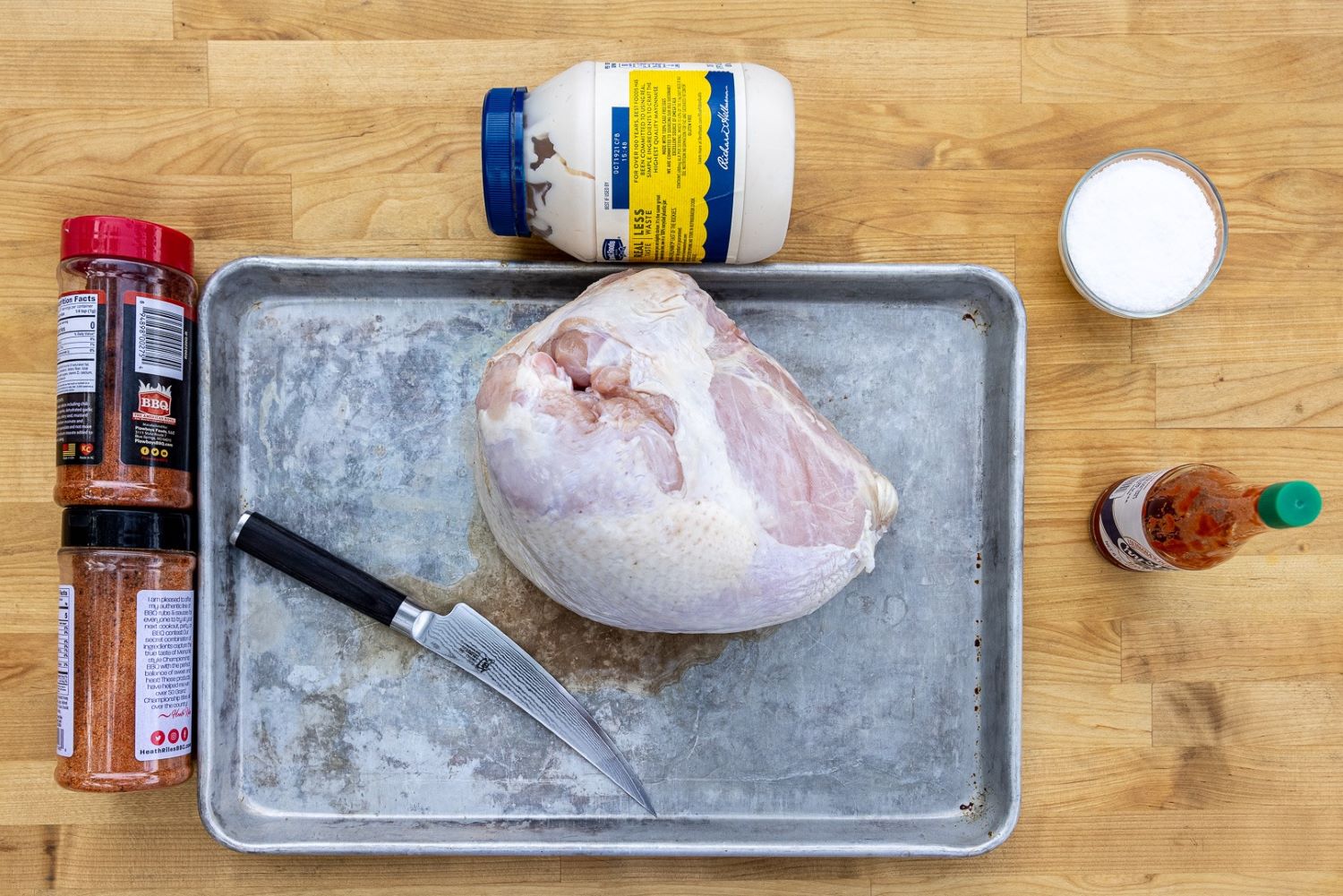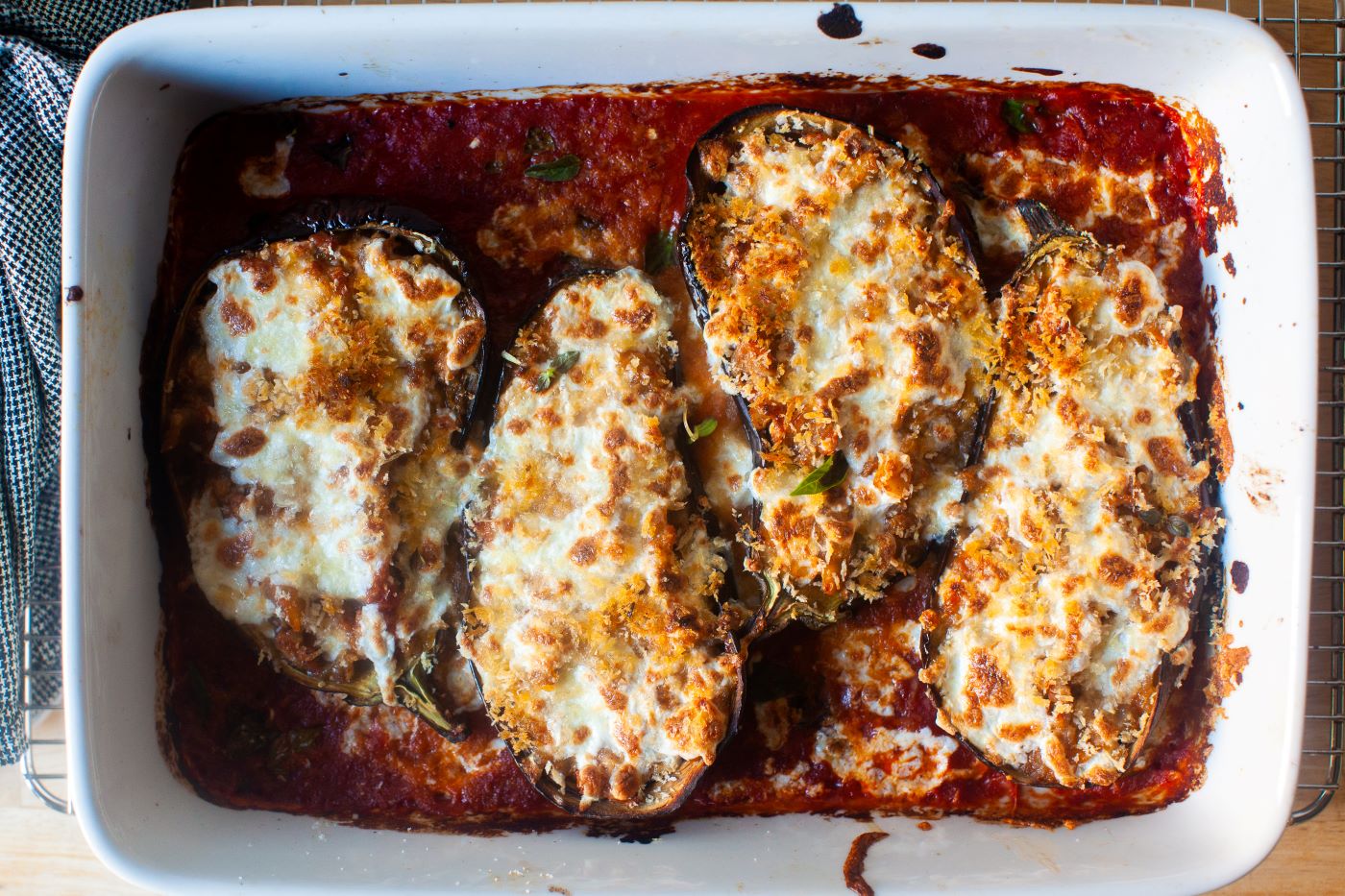Knowing how to cut a pork roast correctly can make a significant difference in taste, texture, and presentation. Proper slicing techniques help retain the juices, ensure tenderness, and create an appealing display. Follow this step-by-step guide to confidently cut your pork roast like a pro.
Preparing the Pork Roast
1. Select the Right Cut
Different cuts of pork roast vary in texture and cooking styles, influencing how they should be sliced. Common options include:
- Pork Loin: Lean and tender, best for clean slices.
- Pork Shoulder: More marbled and flavorful, often shredded or sliced thin.
- Pork Tenderloin: The leanest cut, requiring gentle handling.
2. Allow the Roast to Rest
After cooking, let the pork roast rest for 15-20 minutes. Resting allows the juices to redistribute within the meat, preventing them from spilling out when sliced.
Tools You’ll Need
- Sharp Chef’s Knife: Ensures precise, clean cuts.
- Cutting Board: Use a stable, non-slip board to maintain control.
- Meat Fork (Optional): Helps stabilize the roast while cutting.
Cutting Techniques
1. Identify the Grain
The grain refers to the muscle fibers in the meat. Cutting across the grain shortens these fibers, making the slices tender and easy to chew. Look closely at the roast to spot the direction of the fibers.
2. Position the Roast
Place the roast on the cutting board with the fat side facing up. This position makes the grain more visible and ensures better knife control.
Step-by-Step Instructions for Cutting
For Pork Loin or Tenderloin
- Trim Excess Fat: Use your knife to remove any thick chunks of fat. Leave a thin layer for flavor.
- Make Even Slices:
- Hold the knife at a 90-degree angle to the cutting board.
- Slice the meat into pieces about ½ to 1 inch thick.
- Use smooth, confident strokes without sawing back and forth.
For Pork Shoulder
- Decide on Shredding or Slicing:
- For pulled pork, use two forks to shred the meat into bite-sized pieces.
- For sliced pork, follow the grain to make thin slices or turn the roast and cut against the grain for shorter, more tender pieces.
- Maintain Consistency:
- Keep the thickness of the slices uniform for better presentation and cooking balance.
Additional Tips for Perfect Cuts
- Keep Your Knife Sharp: A dull knife crushes the meat instead of slicing through it cleanly. Regularly sharpen your knife for precise results.
- Work Slowly: Rushing can lead to uneven slices or accidents.
- Rest Leftovers: If you’re slicing leftovers, let them reach room temperature before cutting to retain moisture.
Presentation and Serving Suggestions
- Arrange the Slices: Lay the pork slices on a serving platter in a neat, overlapping pattern.
- Add Garnishes:
- Fresh herbs like rosemary or parsley.
- Sides like roasted vegetables, mashed potatoes, or applesauce.
- Serve Warm: Ensure the pork roast is still warm when served for the best taste and texture.
Common Mistakes to Avoid
- Skipping Rest Time: Cutting the roast immediately after cooking causes juices to escape, resulting in dry meat.
- Using the Wrong Knife: A serrated knife can tear the meat, while a dull knife makes uneven cuts.
- Cutting With the Grain: Slicing along the grain creates tough, chewy pieces.
Why Proper Cutting Matters
Slicing pork roast correctly impacts its tenderness and flavor. Cutting against the grain shortens muscle fibers, making each bite easier to chew. A sharp knife and steady hands ensure the slices look as good as they taste.
By following these steps, you can master the art of cutting a pork roast, turning every meal into a delicious and visually appealing experience.
For those looking to apply their new skills from the 'How To Cut Pork Roast' guide, there are several mouth-watering recipes to try. Start with Pork Roast with Root Vegetables, a hearty dish perfect for any family dinner. Another great option is the Stuffed Pork Loin with Spinach and Feta, which offers a delightful blend of flavors. The Pork Roast with Caramelized Onions and Apples adds a sweet and savory twist that’s a crowd-pleaser. For a bit of international flair, try the Korean BBQ Pork Belly or the Cuban Mojo Pork Roast. Each of these recipes allows you to practice precise cutting while creating delicious meals.
Was this page helpful?
Read Next: How To Cut A Roast Beef
Abby Marcelino
Abby is a writer, editor, and a fan of ASMR mukbang and cooking videos. Her family has been in the food industry for years and she has been working for their business as a part-time quality assurance officer and content creator. She is addicted to all things dairy and carbs, most especially cheese and bread.
